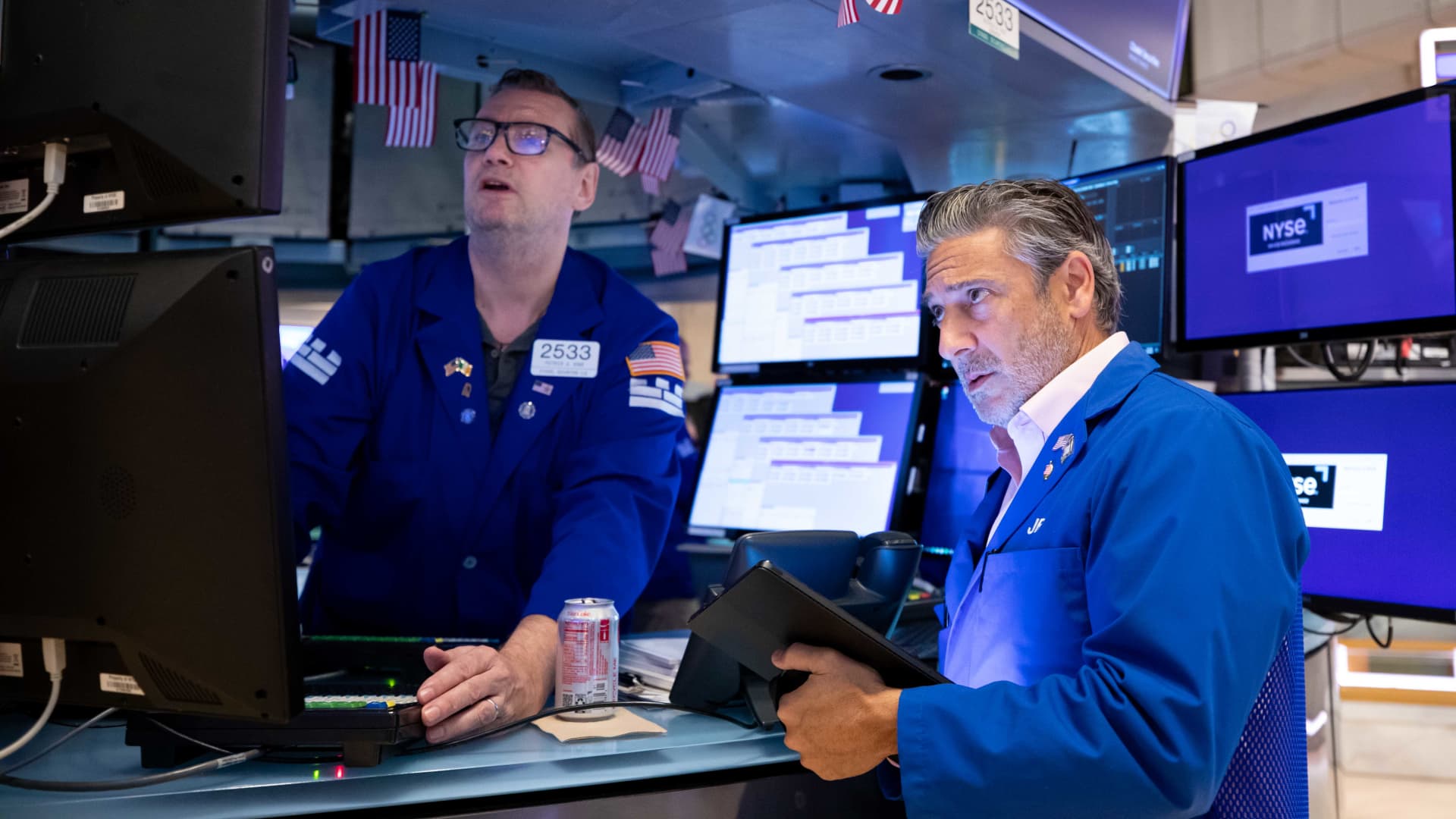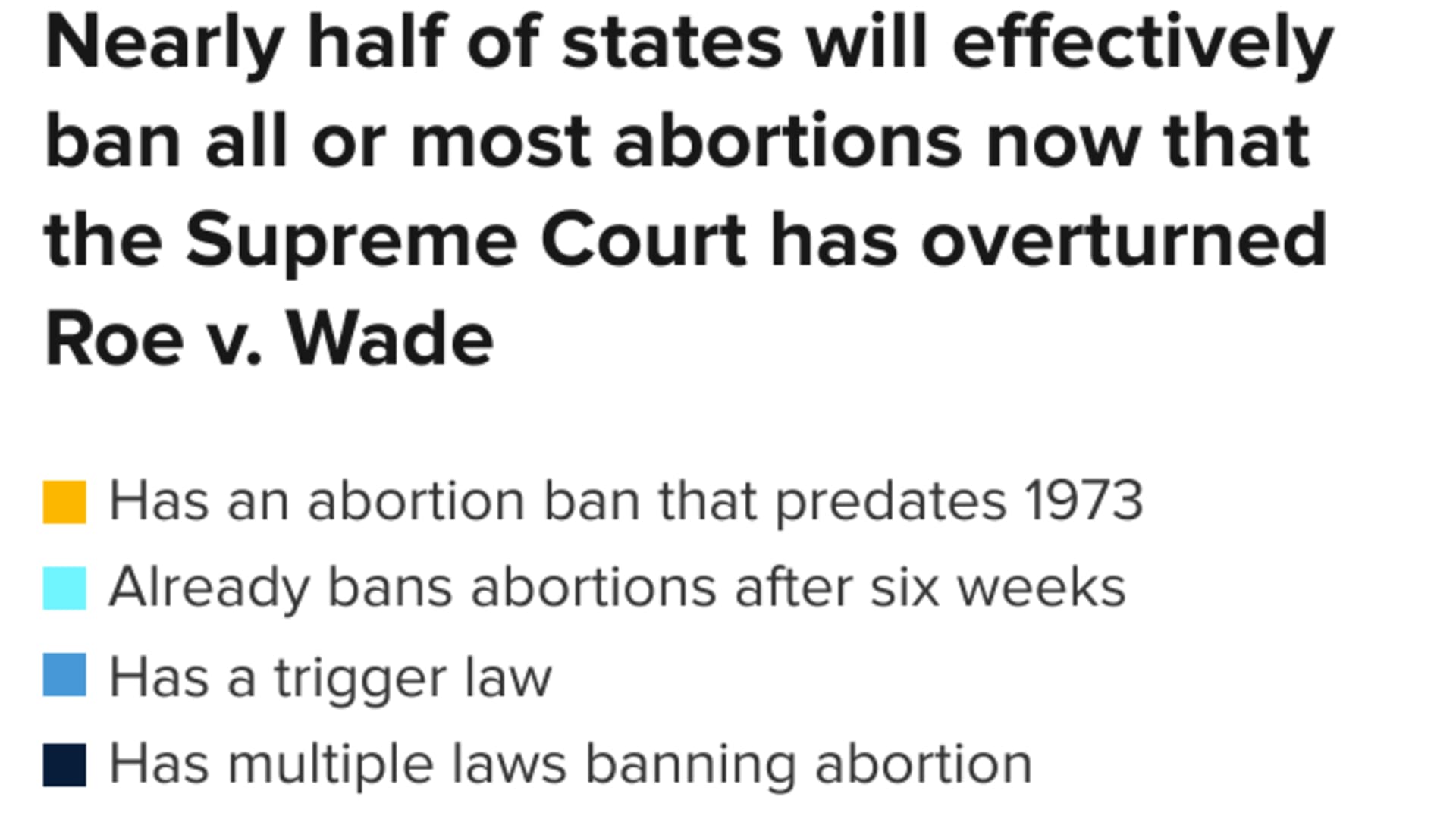Where’s the value? Weighing effective ETF strategies


A range of new exchange-traded funds from sustainable ESGs to single-stock products have rolled out in recent months as fresh alternatives for bullish and bearish investors alike. But with the Fed locked in against inflation, the summer is wrapping with investors questioning where the value lies in an uncertain market.
The value run
“Value investing is about identifying the stocks that, relative to the expected future cash flows, have low prices,” Wes Crill, head of investment strategists at Dimensional Fund Advisors, told CNBC’s Bob Pisani on “ETF Edge” on Monday.
“That’s as evergreen of a concept as you can get in terms of pursuing higher expected returns,” he added.
While value stock returns tend to be unpredictable, Crill said, there is a precedent for the value premium turning around quickly after periods of sustained underperformance.
“We have value premium data in the U.S. going back to 1926,” he said. “If I rank the years following a particularly bad value premium year, what happens in the next year? A value premium on average of about 4.2%. If I look in the years following the top quartile observations, it’s about 4.5%. So right there, you see that the subsequent average for the value premium has been similar, no matter what happened in the preceding year.”
While the precedent might be consistent historically, value stocks have relatively underperformed within the last decade. Crill said that Dimensional Fund Advisors looks at a variety of different macroeconomic indicators to try and find a correlation between those and the value premium.
“Changes in interest rates, inflation, GDP growth – none of these have been strong predictors of the value premium,” Crill said. “So, you can look at these things and see what about that is useful going forward.”
Dividend plays
With remarkably high levels of uncertainty surrounding the economy and peak inflation, traditionally safer investments like dividend ETFs continue to see consistent market activity.
“When we talk to advisors, what we hear is less of a focus on value and more of a focus on dividends,” Dave Nadig, financial futurist at VettaFi, said in the same interview.
“That seems to be the way advisors are trying to play this,” he said. “By focusing on the income and focusing on things that are going to react to an inflationary environment, not just looking at P/E and P/B levels.”
But even with a high degree of investor interest in dividend exchange-traded funds, Wes Crill warned it might not be the most efficient solution to a tough market.
“People should be aware that these companies that are paying dividends always have the flexibility to cut their dividends,” Crill said. “And what we actually see is that their revisions in dividend payout policy coincide a lot of times with economic downturns.”
Crill said that while dividend payers do tend to somewhat resemble value stocks, they also mimic high-profitability stocks.
“You can target that type of asset allocation in your portfolio,” he said. “But we see fixed income is a better way to tailor your overall return volatility. Because compared to fixed income, even high dividend-paying stocks, [are] still pretty volatile.”
ESG investments
With the Atlantic hurricane season in full swing, ETFs that promote environmental, social and governance initiatives have continued their rollout this summer.
Venturing into sustainable funds is a growing trend for eco-conscious investors. There are now more than 550 ESG funds, which allocate according to environmental, social and governance issues, according to Morningstar.
“When done effectively with careful implementation, you can reflect these in a broadly diversified portfolio,” Crill said. “I think where maybe some of the misconceptions lie is to what extent they drive differences in expected returns.”
Crill said that some ESG companies might have higher expected future cash flows if the fund is believed to be around for the long term.
“If you’re using price and proxy for expected future cash flows, then you’re likely capturing a lot of the impact that would have on expected returns,” he said.
The single-stock ETF craze
Funds that provide inverse and leveraged exposure to a single stock are the most recent addition to the ETF market from short-term traders.
“Most of us are on the hook for building out our investment portfolio to support us in retirement,” Crill said. “Which means we need more reliable, robust, diversified investment solutions to help us achieve those goals.”
Crill advised to avoid moves that reduce diversification and add idiosyncratic risks to a portfolio.
“This is not like levering up the market portfolio, which has a volatility of about 20% per year for standard deviation,” he said. “The average single-stock standard deviation is closer to 40%. So, you’re talking about levering up a more volatile asset, and that seems counterproductive to me.”
As single-stock ETFs that focus on large market-cap names like Tesla continue to gain volume, more firms are expanding their product lines to include funds that home in on the daily activity of one particular security.
“Volume is the right word here,” Nadig said. “It’s not that they’ve garnered a lot of assets, they’ve garnered tons of volume.”
In cases of Tesla single-stock ETFs like TSLS, TSL and TSLI, Nadig said that the funds are essentially trading their entire AUM daily.
“That means these products are being used predominantly as they’re designed, which is those day trading vehicles,” he said. “They’re very sharp tools if you’re a day trader or a hedge fund who really needs to make liquidity matter.”
This post has been syndicated from a third-party source. View the original article here.




